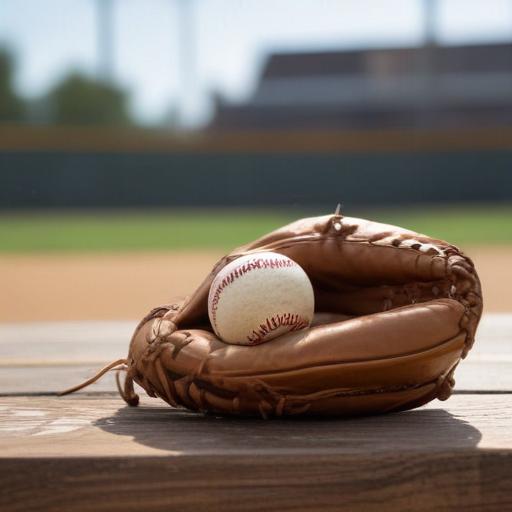Eric Longenhagen recently published a comprehensive list of the Los Angeles Dodgers’ top prospects, spotlighting notable names like Roki Sasaki and Dalton Rushing. However, it was rookie reliever Ben Casparius who caught attention as well, attracting a notable yet somewhat unflattering nickname: “Low Leverage Ben.” This label seems to stem from his position as a bulk reliever—akin to what the fifth starter was in years past—but it’s not entirely accurate.
Casparius, who stepped up during a critical Game 4 spot start in last year’s World Series, has been performing remarkably well amid a tumultuous injury crisis affecting the Dodgers’ pitching rotation. As of recent statistics, he ranks significantly among qualified Major League relievers, holding high ranks in various performance metrics, including being 16th in Win Probability Added (WPA). This performance is highlighted by substantial strikeout rates and a commendable ERA of 2.54.
Despite a considerable number of injured pitchers, Casparius has filled an essential role in the Dodgers’ strategy. His unique pitching mechanics feature an unusual arm motion and a diverse selection of pitches, including a highly effective sweeper and two distinct types of fastballs. These allow him to successfully neutralize both right-handed and left-handed hitters, showing versatility in his pitching approach.
Interestingly, the Dodgers have been utilizing Casparius not merely as a one-inning pitcher but in multi-inning relief roles, which has proven beneficial in close game situations. This adaptability highlights a shift in traditional bullpen usage—a concept that many baseball analysts, including Bill James, have discussed regarding more strategic deployment of relief pitchers.
As the Dodgers continue to navigate their injuries and pitcher availability, Casparius represents not just a practical solution but also a potentially transformative approach to how relief pitchers can be utilized in modern baseball. With ongoing efforts to maximize his innings, we might be witnessing the evolution of the “two-inning reliever,” an emerging trend that could dictate how teams structure their pitching in the years to come.
Casparius’s success serves as a glimmer of hope amid the injury woes for the Dodgers, positioning him as a player to watch in the future. If he continues on this trajectory, he may help redefine the role of relief pitchers in the sport.
